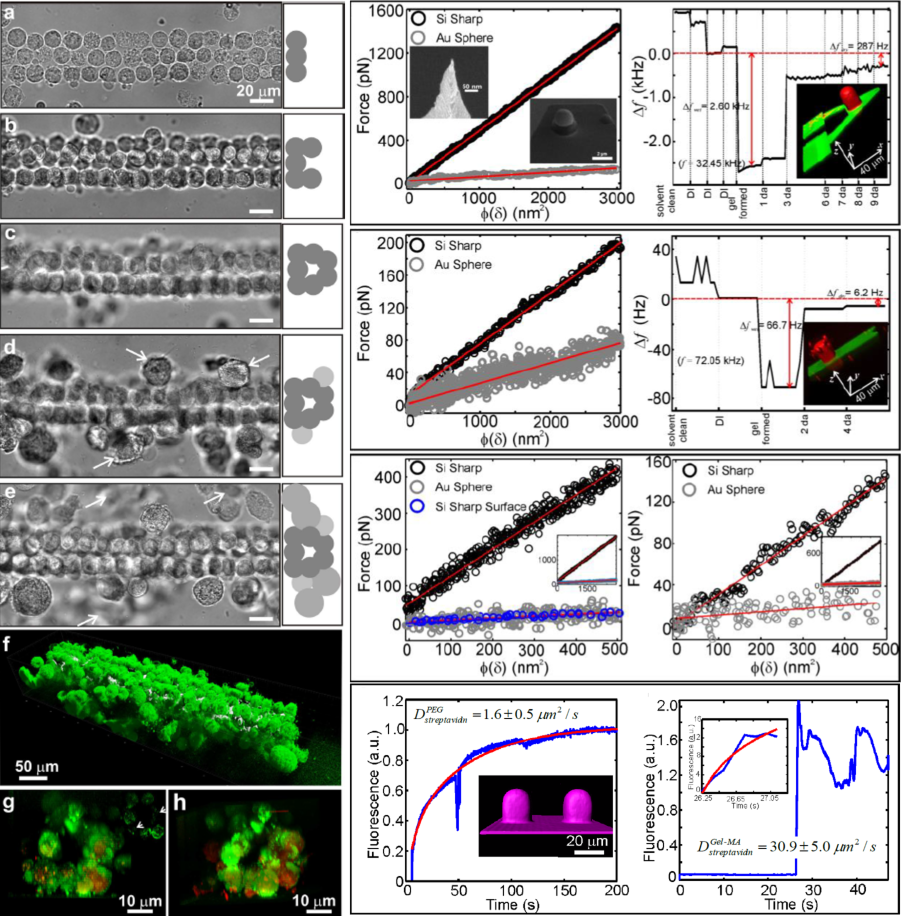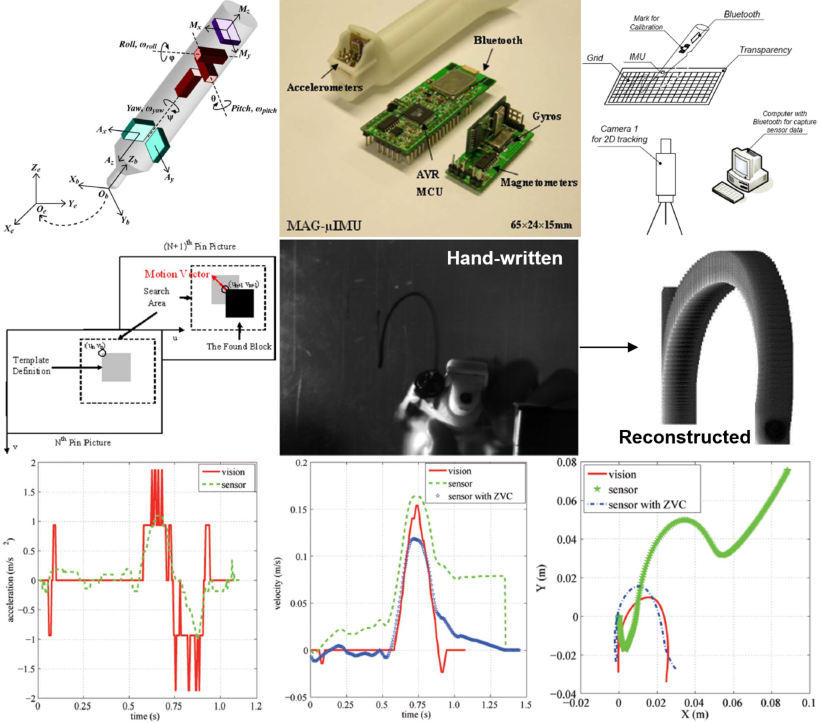Research Summary:
Biomedical engineering, the most rapidly growing of engineering disciplines from a global perspective, is now playing an irreplaceable role in the enhancement of human lifespan and its quality. At the Biomedical Nanotechnology Laboratory, we explore multi-disciplinary research and cutting-edge technology so that we bridge medicine and technology. Specifically, I am dedicated to achieving similar success with polypeptide sequencing to what nanopore sequencing has done to DNA so that there will be a possibility that we understand the causes of protein primary structure related diseases better and consequently come up with a solution. Moreover, solid-state nanopores have huge potential in cell secretion detection and its target molecules are selective thanks to their adjustable geometry. I am also interested in utilizing electron microscopy and atomic force microscopy in various biomedical applications, such as synthetic biology and virology, to aid clinic treatment.







